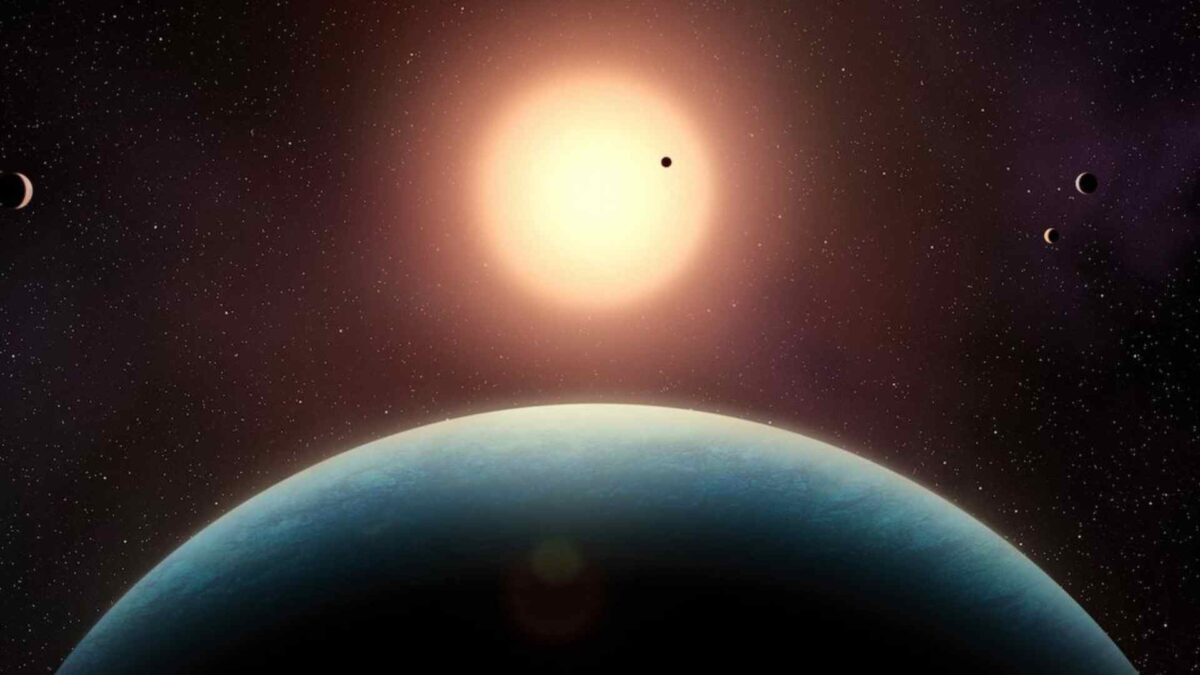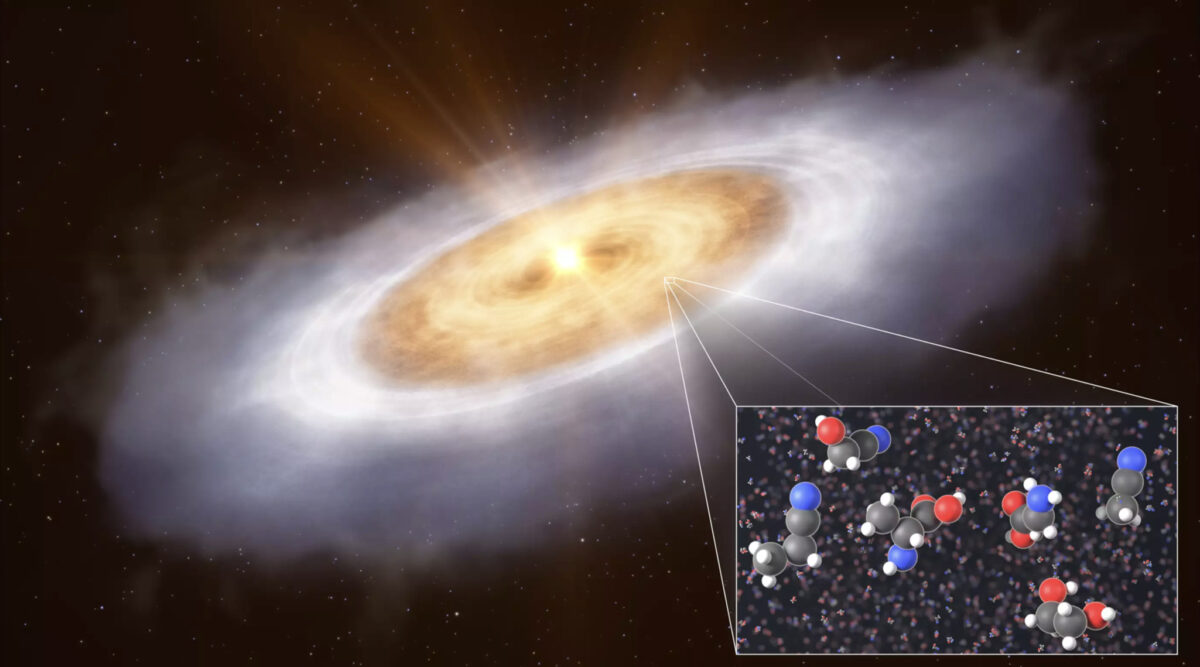
New Earth-Like Planet Discovered Just 35 Light-Years Away

A team of astronomers led by the Université de Montréal and the Trottier Institute for Research on Exoplanets (IREx) has confirmed the presence of a fifth planet in a nearby star system — and it lies within the habitable zone, where conditions may allow liquid water to exist.
The research, soon to be published in The Astronomical Journal, provides the most detailed look yet at the L 98-59 system, a compact group of rocky worlds orbiting a red dwarf star just 35 light-years from Earth. The discovery significantly strengthens the case for studying potentially life-supporting planets around low-mass stars.
“This new planet is a game-changer,” said Charles Cadieux, lead author of the study and IREx researcher. “It’s in the habitable zone and receives about the same amount of stellar energy as Earth — making it one of the most promising candidates for future atmospheric study.”
A Water World, a Sub-Earth — and Now a Fifth Planet
First spotted by NASA’s TESS mission in 2019, the L 98-59 system was initially known to host three small rocky planets. A fourth was later identified using precision instruments at the European Southern Observatory (ESO). All four planets orbit extremely close to their star — well within the orbit of Mercury in our own Solar System.
But it’s the team’s reanalysis of years of telescope data, using cutting-edge methods developed at IREx, that has now revealed a fifth planet. Named L 98-59 f, the planet does not transit its star — it doesn’t pass in front of it from Earth’s viewpoint — but its presence was uncovered through subtle wobbles in the star’s motion detected using radial velocity instruments, including ESO’s HARPS and ESPRESSO spectrographs in Chile.
Crucially, the planet sits squarely in the system’s temperate zone — the region where temperatures could support liquid water, and potentially, life.
A Volcanic Inferno and a World of Water
The team also sharpened the known properties of the system’s four inner planets, revealing an extraordinary diversity in their structure and composition. The innermost planet, L 98-59 b, is a rare “sub-Earth,” just 84% the size of our planet and only half its mass. Two others may be volcanically active, similar to Jupiter’s tortured moon Io, while another — notably low in density — may be a “water world,” enveloped in vast oceans.
“These results show how varied rocky planets can be — from bone-dry to water-rich, from solid ground to molten surfaces,” said René Doyon, IREx Director and co-author of the study. “This diversity is the key to understanding how planets form and evolve, especially around red dwarf stars like this one.”
Big Results from Archived Data
Rather than rely on new telescope time, the researchers unlocked their findings by revisiting existing observations. They refined the data using a high-precision technique known as line-by-line radial velocity analysis, combined with a novel temperature correction method to filter out the “noise” caused by stellar activity.
“It’s a bit like tuning a blurry image into sharp focus,” said Étienne Artigau, an IREx researcher and co-author. “This approach allows us to extract new planets and better measurements from data that’s been sitting there for years.”
Their efforts led to a doubling of the accuracy in mass and size estimates for the system’s known planets.
Next Up: The James Webb Space Telescope
The team has already begun the next phase: preparing L 98-59 for detailed atmospheric study with the James Webb Space Telescope (JWST), which could, in time, reveal the presence of key molecules — including water vapor, carbon dioxide, or even biosignatures.
“L 98-59 is now one of the top nearby systems for studying rocky planets outside our Solar System,” said Alexandrine L’Heureux, PhD student and co-author. “It’s in the same league as TRAPPIST-1 when it comes to future habitability studies.”
As the quest for life beyond Earth accelerates, L 98-59 f — a temperate world in a compact planetary system just a short distance away in cosmic terms — may soon become one of astronomy’s most closely watched targets.
Share this WeathÉire story:





















